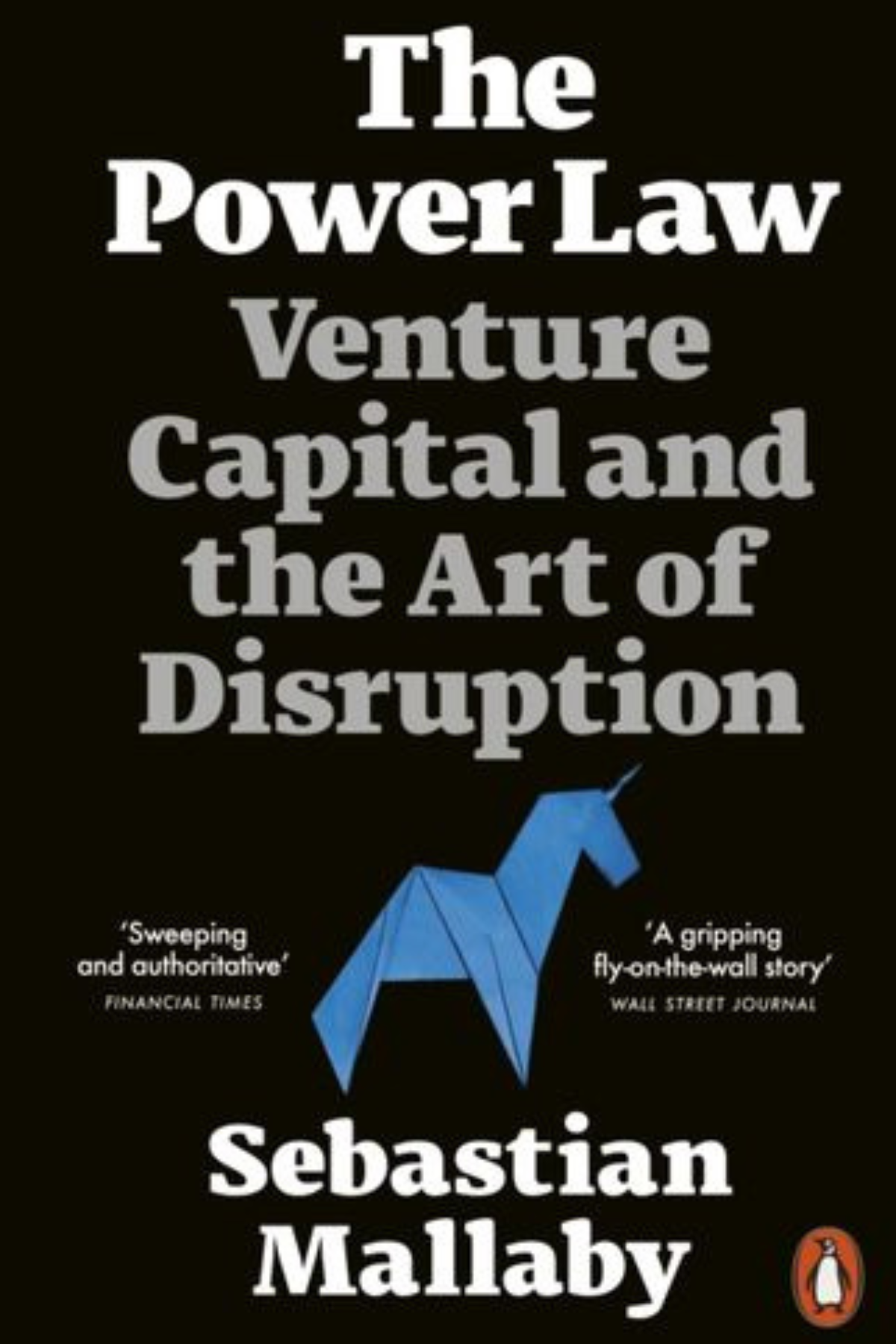Venture Capital is all about disrupting entrenched corporate power; it is the enemy of monopoly
- "Sebastian Mallaby"
Reading has long been an ingrained habit of mine, and there is something enriching about engaging with a well-written book— it's akin to conversing with a wise individual, drawing inspiration from their reservoir of knowledge and perspective. One such enriching interaction was my recent reading of The Power Law: Venture Capital and the Art of Disruption, written by Sebastian Mallaby, the winner of the financial time business book Reward. It is a book that provides an exquisite and comprehensive history of venture capitalism—a profession and a network of investors and entrepreneurs which create a compounding effect that has arguably been the lifeblood of societal advancement and disruptive innovation since its inception at MIT, Boston, before gaining momentum in Silicon Valley.
Venture capital has always been a fascinating sector—mysterious, exciting, and renowned for driving groundbreaking innovation and expanding the boundaries of what we conceive possible. Over the years, I have read a few books exploring the complex world of venture capital. Unlike those focusing on one instance or individual success stories, Sebastian's sweeping overview of the industry, spanning an impressive seven decades from the 1950s, stands out. It allows the reader to not only appreciate the evolutionary arc of venture capitalism but also grasp knowledge and practices unique to each era—an immersive learning experience only possible with such a broad viewpoint.
This book is a testament to early innovators of venture capital, such as Georges Doriot and Arthur Rock, and their mission to liberate ideas with the financial backing and contribution of wisdom. As Sebastian wrote, "It is a truly new kind of applied science and a new commercial culture." Looking back, time eclipse, but the core mission remained. Venture Capital legendary guardians like Don Valentine and Tom Perkins transformed venture capital from a mere concept into a solid business model with robust methodologies and mature industrial standards. Rising stars, such as Paul Graham and Marc Andreessen, continuously push the industry's limit to a new level. They created new investment forms and business models such as angel investment and specialism venture capital, founder capital funds, and startup incubators like Y-Combinator. These developments have expanded globally from Silicon Valley to China, cementing venture capitalism as a global driving force across various regions. Among all the rise and fall of venture firms, there is one firm that has weathered the long history, Sequoia. The firm's multiple stages of development, marked by the impact of different generations of leaders, offer a glimpse into the unique blend of unyielding discipline, willpower, and a talent-nurturing culture that has contributed to Sequoia's long-standing success.
VCs are always at the forefront of technological advancement. They've identified and fostered burgeoning companies like Facebook and ServiceNow. Beyond the evident triumphs, the behind-the-scenes narratives, where venture capitalists guide and, at times, spar with founders, are equally riveting. The dynamic between VCs and founders has evolved over the years, shifting from a VC-dominant era to a more balanced relationship. Notably, despite their differences, their joint efforts have driven technological progress. For instance, Palantir's innovation in the intelligence and law enforcement field and SpaceX's disruption of Russia's rocket manufacturing monopoly exemplify the industry's impact.
This book doesn't shy away from discussing the industry's controversies. It explores the disaster of WeWork and Uber, attributing them to a lack of knowledge from private equity and outside investment funds. Sabastian also addresses societal issues, such as inequality and race, factors affecting the industry, and political retention between superpowers. As we navigate a changing global climate, it is fascinating to witness how this industry adapts. For instance, Sequoia's recent division into three separate parts signals the increasing impact of political forces on the industry. One might question where this industry is to head. And what would be the future of VC investing? Overall, I agree with Sabastian; while this industry, indeed, has its flaws, the venture capital industry exerts an irreplaceable and overall positive impact, unlike any other sector.
While The Power Law: Venture Capital and the Art of Disruption ignites my passion for venture capital, one shall remember that behind these glomming stories are countless failures and setbacks; therefore, one should be critical when reading the book. I would recommend this book to anyone interested in the history of venture capital and the future of technology.
